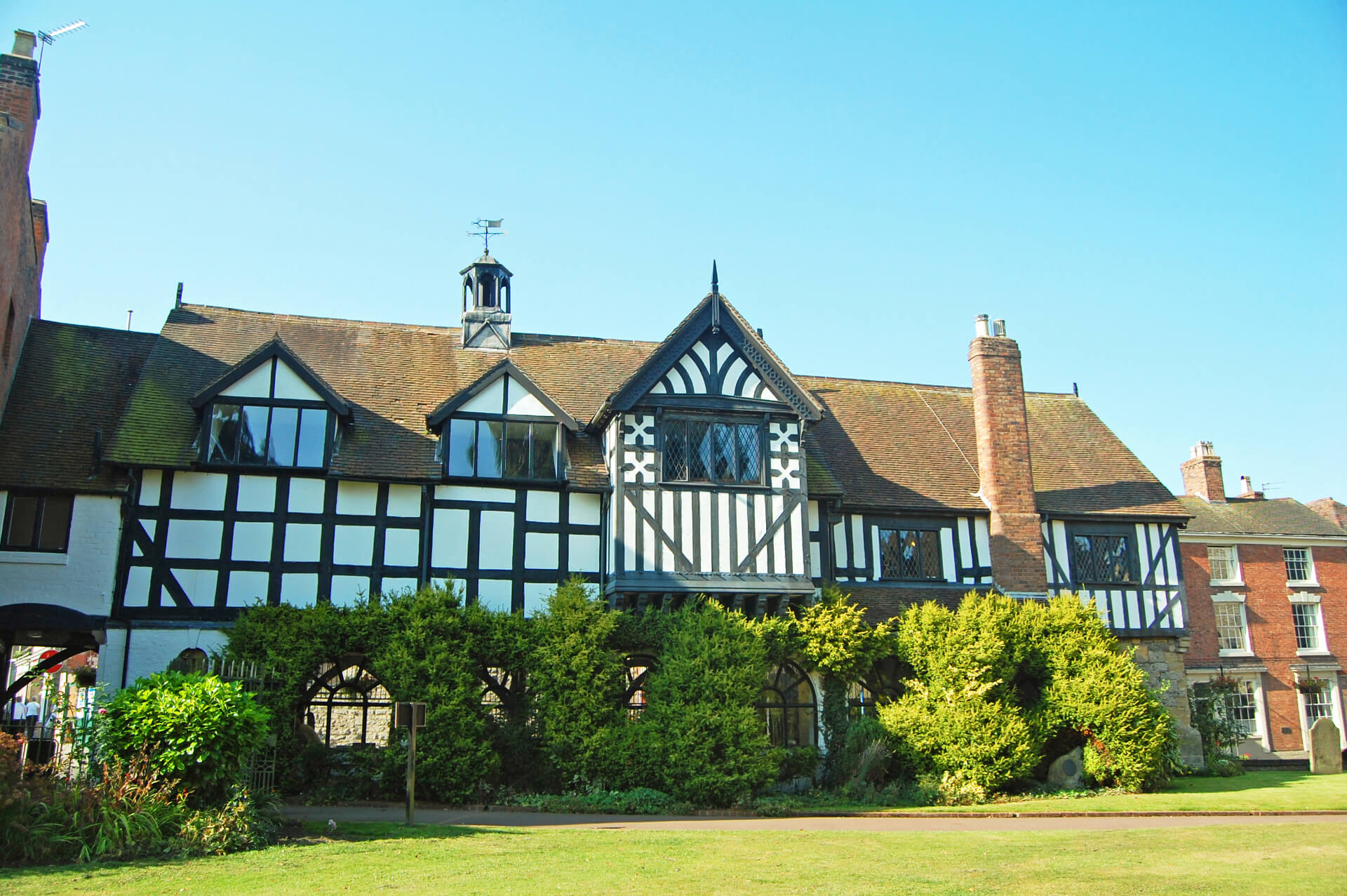The Department for Culture, Media and Sport (DCMS) is the designating body of listed buildings. These are defined by the DCMS as buildings of ‘special architectural or historical interest’ and can include structures such as bridges, milestones, walls and even telephone boxes.
Those who own or carry out work on a listed building must be especially careful not to adversely impact the integrity of the building. This means there are strict controls on both internal and external alterations to the building, as well as work on certain outbuildings, which cannot be performed without Listed Building Consent from the local council. Whether a building is listed and the grade of the listing can be found online at Historic England’s Listings website.
If work is carried out without the relevant consent you may receive a substantial fine or be imprisoned, so always consult your local authority before carrying out work on a listed building or in a conservation area.
Legal requirements
Listed buildings must always be kept wind and watertight, structurally sound and in a reasonable state of repair. If a listed building is neglected by its owner, section 48 of the Planning (Listed Buildings & Conservation Areas) Act 1990 permits the council to serve a ‘repairs notice’ on the owner outlining the work required to rectify it. If the owner does not apply within a specified time scale, the council can compulsorily acquire the building. If a listed building is either unoccupied or partly occupied, s.54 of the 1990 act allows councils to serve an ‘urgent works notice’ to carry out work on a building and look to recoup costs from the building’s owner.
Historical sites and buildings
Historic England is a body responsible for giving advice on ancient monuments, listed buildings and conservation areas in England, and it must be consulted by the council about some applications relating to these.
If you are looking to change a historic environment, Historic England offers a range of services to support you.
Some of the advice that Historic England offers includes its Charter for Advisory Services, which explains how the body handles requests for pre- and post-application planning advice.
While Historic England can offer you assistance, the local conservation officer at your local council should be your first point of enquiry as they are best placed to offer you advice on any proposal concerning a listed building or conservation area.
The legislation surrounding listed buildings is the same no matter what grading the building receives. Listed buildings are categorised into three grades:
Grade I
Grade I listed buildings are deemed to be of exceptional interest. Examples of Grade I listed buildings include castles, churches and large country houses.
Grade II
This is the most common grade with 86% of listed buildings falling into this category. These buildings are deemed to be of special interest.
Special Grade II
This is awarded to Grade II buildings with some additional merit, e.g. a unique interior, that are not exceptional enough to warrant a Grade I listing.
